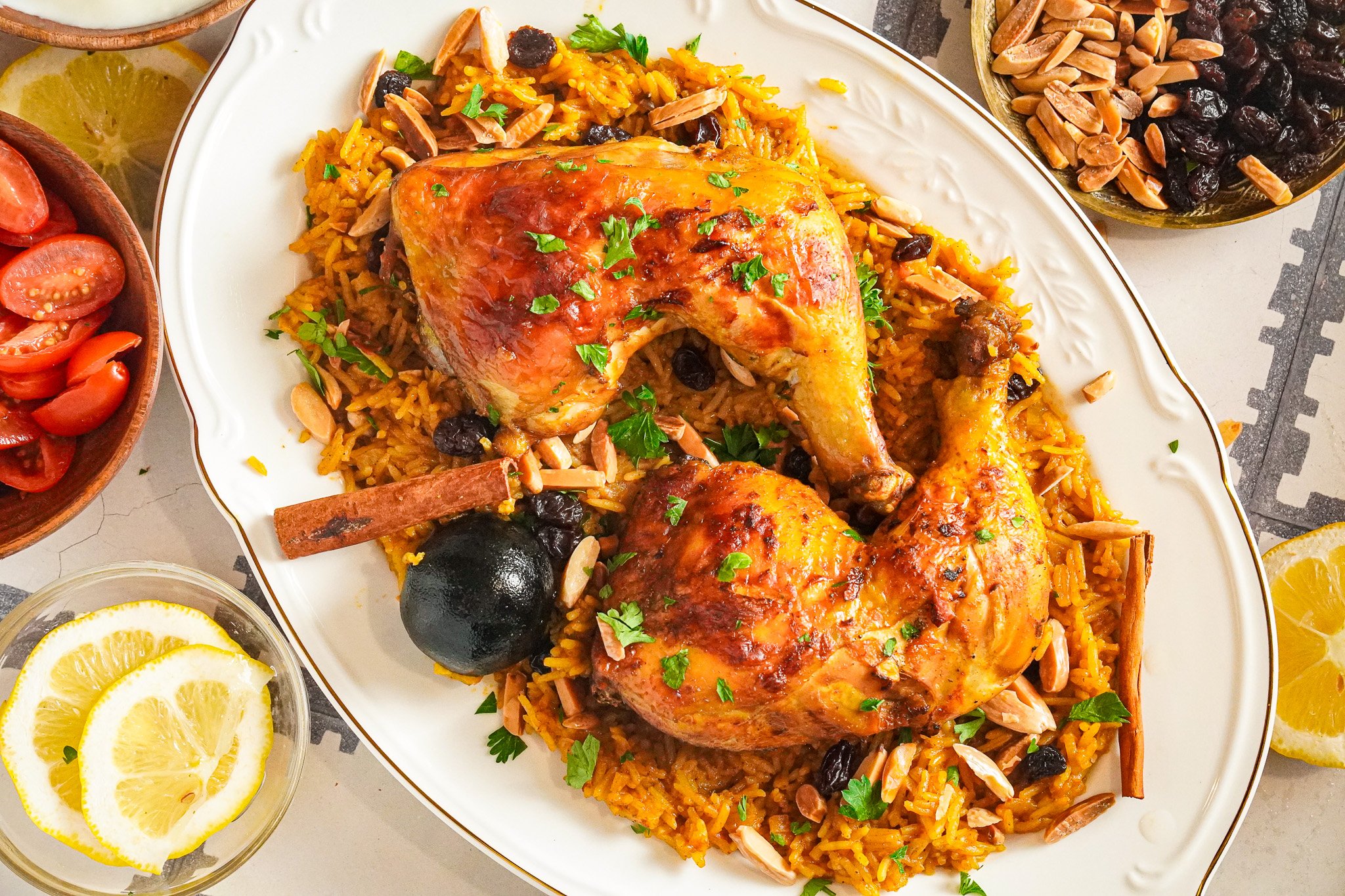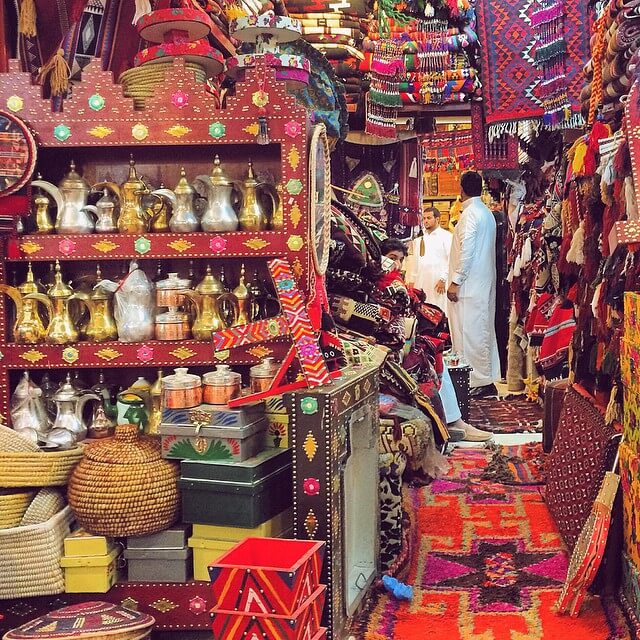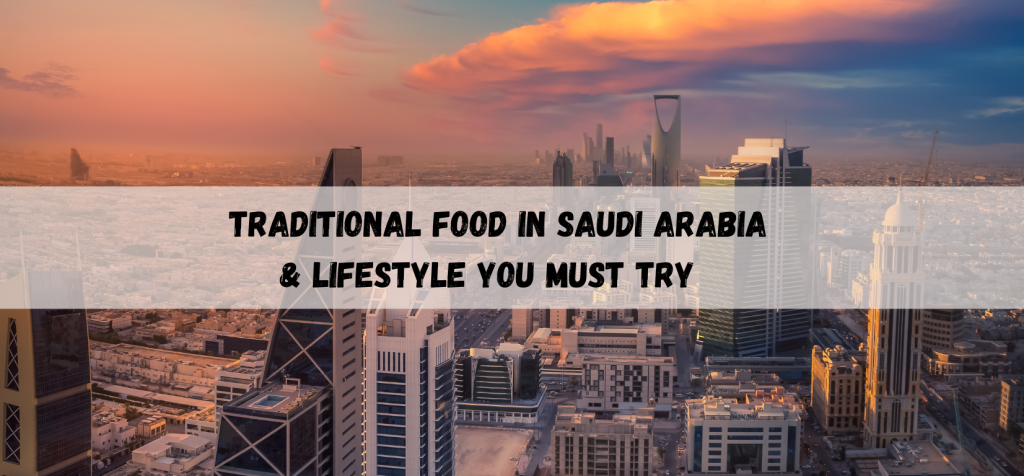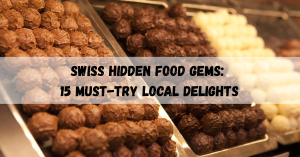Saudi Arabia is a country where food and lifestyle are deeply rooted in tradition, hospitality, and culture. For travelers, experiencing Saudi Arabian cuisine and daily life provides an immersive way to understand the country’s rich heritage.
From enjoying Arabic coffee (Gahwa) in a traditional Majlis to savoring street food at bustling souks, Saudi Arabia offers authentic culinary experiences and cultural interactions. Whether you’re exploring historic markets, fine dining in Riyadh, or family-style meals in a local home, these must-try food and lifestyle traditions make every visit unforgettable.
Traditional Saudi Arabian Cuisine, A Taste of Authenticity

Saudi Arabian cuisine is a reflection of the country’s rich heritage and cultural diversity, blending flavors from Najd, Hijaz, and Asir regions. Tourists can experience traditional food in Saudi Arabia like Kabsa, Mandi, and Jareesh, which are often cooked with fragrant spices, slow-cooked meats, and rice. Dining in Saudi homes, local restaurants, or cultural festivals offers an authentic glimpse into Saudi Arabian food culture and hospitality.
Kabsa: The National Dish of Saudi Arabia
- A flavorful rice dish made with spiced meat (chicken, lamb, or camel) and aromatic herbs.
- Often served family-style, highlighting Saudi Arabian hospitality.
- Found in traditional restaurants, home-cooked meals, and special celebrations.
Mandi: A Yemeni-Inspired Saudi Favorite
- Slow-cooked meat with fragrant rice, infused with saffron and cardamom.
- Traditionally cooked in an underground pit, giving it a unique smoky flavor.
- Popular in Riyadh, Jeddah, and across Saudi Arabia’s southern regions.
Jareesh: A Classic Saudi Arabian Dish
- A cracked wheat porridge cooked with yogurt, onions, and spices.
- A staple dish from Najd (Central Saudi Arabia), often eaten in Bedouin homes.
- Known for its creamy texture and comforting taste.
Street Food in Saudi Arabia, A Must-Try for Tourists
Street food is a vibrant part of Saudi Arabian cuisine, offering visitors a taste of local flavors in bustling markets and food stalls. Popular Saudi street foods include Samboosa, Mutabbaq, and Falafel, often served with fresh sauces and pickled vegetables. Whether exploring souks in Jeddah or Riyadh’s night markets, tourists can enjoy quick, flavorful bites that reflect Saudi Arabia’s food culture.
Samboosa: A Popular Saudi Arabian Snack
- Crispy triangular pastries filled with spiced meat, cheese, or vegetables.
- Commonly eaten during Ramadan and as a quick street food snack.
- Found in local markets, street vendors, and bakeries.
Mutabbaq: A Hearty Saudi Street Food
- A stuffed pancake filled with minced meat, vegetables, and spices, folded and fried.
- Originated from Hijazi cuisine and is popular in Jeddah and Makkah.
- Best enjoyed hot, served with sauces and pickles.
Dates & Saudi Sweets: A Symbol of Hospitality
- Dates are an essential part of Saudi Arabian culture, served with Arabic coffee.
- Traditional sweets include Mamool (date-filled cookies) and Basbousa (semolina cake with syrup).
- Found in souks, markets, and luxury date shops like Bateel.
Saudi Arabian Dining Etiquette, Cultural Customs & Traditions
Dining in Saudi Arabia follows traditional customs that emphasize hospitality and togetherness. Meals are typically served family-style, with guests eating with their right hand and sharing dishes from a communal platter. Arabic coffee (Gahwa) and dates are essential in Saudi Arabian dining etiquette, symbolizing warmth, generosity, and social connection. Visitors should be aware that refusing food or drinks may be seen as impolite in Saudi culture.
The Art of Sharing Meals
- Meals are typically served family-style, with guests sitting on the floor in a Majlis (traditional seating area).
- Eating with the right hand is customary, as it is considered respectful.
- Visitors should accept second servings as a sign of appreciation.
Arabic Coffee (Gahwa) & Tea Culture
- Served in small cups, often accompanied by dates, as a symbol of hospitality and respect.
- Traditionally brewed with cardamom and saffron, offering a distinct flavor.
- Coffee is poured from a long-spouted Dallah (traditional pot), and guests should shake their cup when they have finished.
Eating at a Traditional Saudi Arabian Home
- Tourists may be invited to experience home-cooked meals, showcasing Saudi Arabian generosity.
- Guests are welcomed with incense (Bukhoor) and sweet treats before meals.
- Removing shoes before entering the Majlis (guest room) is a common cultural practice.
Best Restaurants in Saudi Arabia

| Restaurant Name | Location | Cuisine Type | Highlights |
|---|---|---|---|
| Al Orjouan | Riyadh | International & Middle Eastern | Luxury buffet, fine dining, famous for Arabic grills |
| Najd Village | Riyadh | Traditional Saudi Arabian | Authentic Kabsa, Jareesh, and Mandi served in a traditional setting |
| Toki | Jeddah | Asian & Chinese | Elegant ambiance, top-rated dim sum, and Peking duck |
| Il Baretto | Riyadh | Italian | Fine dining, premium pasta & seafood, European-style setting |
| Twina Seafood | Jeddah | Seafood & Saudi Arabian | Fresh Red Sea seafood, beachfront dining experience |
| The Globe | Riyadh | European & Fusion | Located in the Al Faisaliah Tower with panoramic city views |
| Al Khayam | Jeddah | Persian & Middle Eastern | Luxurious Persian dishes, famous for saffron-infused kebabs |
| Burj Al Hamam | Al Khobar | Lebanese | Traditional Lebanese cuisine, scenic Gulf views |
| Baytoti | Various Cities | Chinese & Asian Fusion | Affordable and popular Chinese fast-casual dining |
| MYAZU | Riyadh | Japanese | High-end sushi, teppanyaki, and contemporary Japanese cuisine |
Saudi Lifestyle & Cultural Experiences for Tourists

Beyond food, Saudi Arabian lifestyle is shaped by tradition, hospitality, and modern influences. Tourists can experience shopping in traditional souks, visiting cultural festivals, or enjoying Arabic coffee in a Majlis (guest room). The contrast between Saudi Arabia’s rich history and modern urban lifestyle is evident in historic markets, luxurious malls, and vibrant entertainment districts in Riyadh, Jeddah, and Al Khobar.
Shopping at Traditional Saudi Arabian Markets (Souks)
- The best places to buy spices, gold, Arabic perfumes, and handmade crafts.
- Famous souks include Al Zal Souk (Riyadh), Souk Al Alawi (Jeddah), and Qaisariah Souk (Al Ahsa).
- Tourists can practice bargaining, which is common in traditional markets.
Modern Lifestyle in Saudi Arabia: Malls & Fine Dining
-
Luxury Shopping & Fashion: Riyadh and Jeddah’s luxury malls showcase high-end Saudi Arabian fashion brands, international designer stores, and exclusive boutiques. Shoppers can find traditional Saudi attire like abayas and thobes, as well as global luxury fashion.
-
Top Shopping Destinations: Popular malls include Kingdom Centre Mall (Riyadh), Red Sea Mall (Jeddah), and Al Nakheel Mall (Riyadh), offering a mix of retail, entertainment, and fine dining experiences. These malls also feature entertainment hubs, cinemas, and family-friendly attractions.
-
Fine Dining & Culinary Experiences: Visitors can enjoy fine dining restaurants offering a fusion of Saudi Arabian cuisine and international flavors. Many upscale restaurants serve Kabsa, Mandi, and premium seafood, alongside international dishes from French, Italian, and Asian cuisines.
Festivals & Events Showcasing Saudi Arabian Food & Lifestyle

- Riyadh Season: A massive cultural festival featuring Saudi street food, entertainment, and traditional performances.
- Janadriyah Festival: A celebration of Saudi Arabian heritage, showcasing food, crafts, and camel racing.
- Taif Rose Festival: A seasonal event where tourists can see rose harvesting, perfume making, and local delicacies.
From tasting traditional Saudi Arabian cuisine to experiencing local customs and shopping in souks, Saudi Arabia offers a rich cultural journey for food lovers and travelers. Whether you’re enjoying Arabic coffee, exploring modern cafés, or dining with locals, these food and lifestyle experiences in Saudi Arabia make every visit unforgettable.




